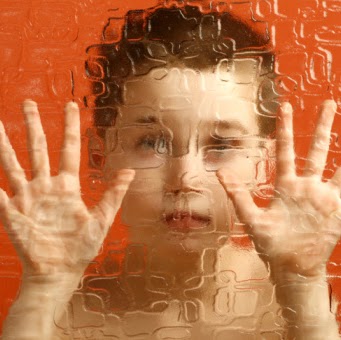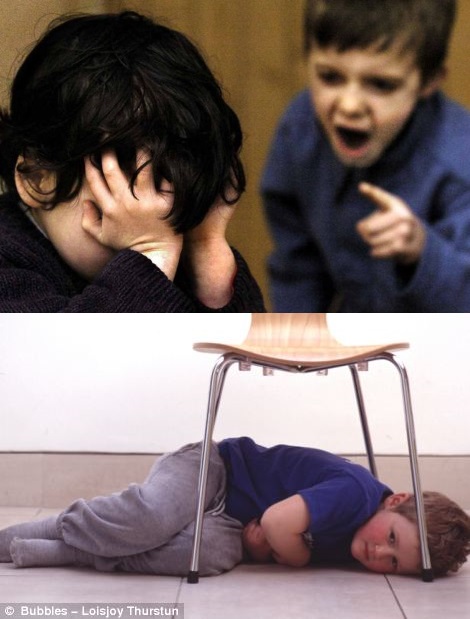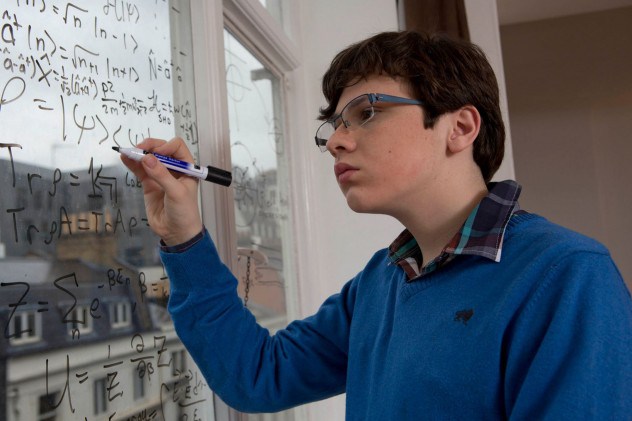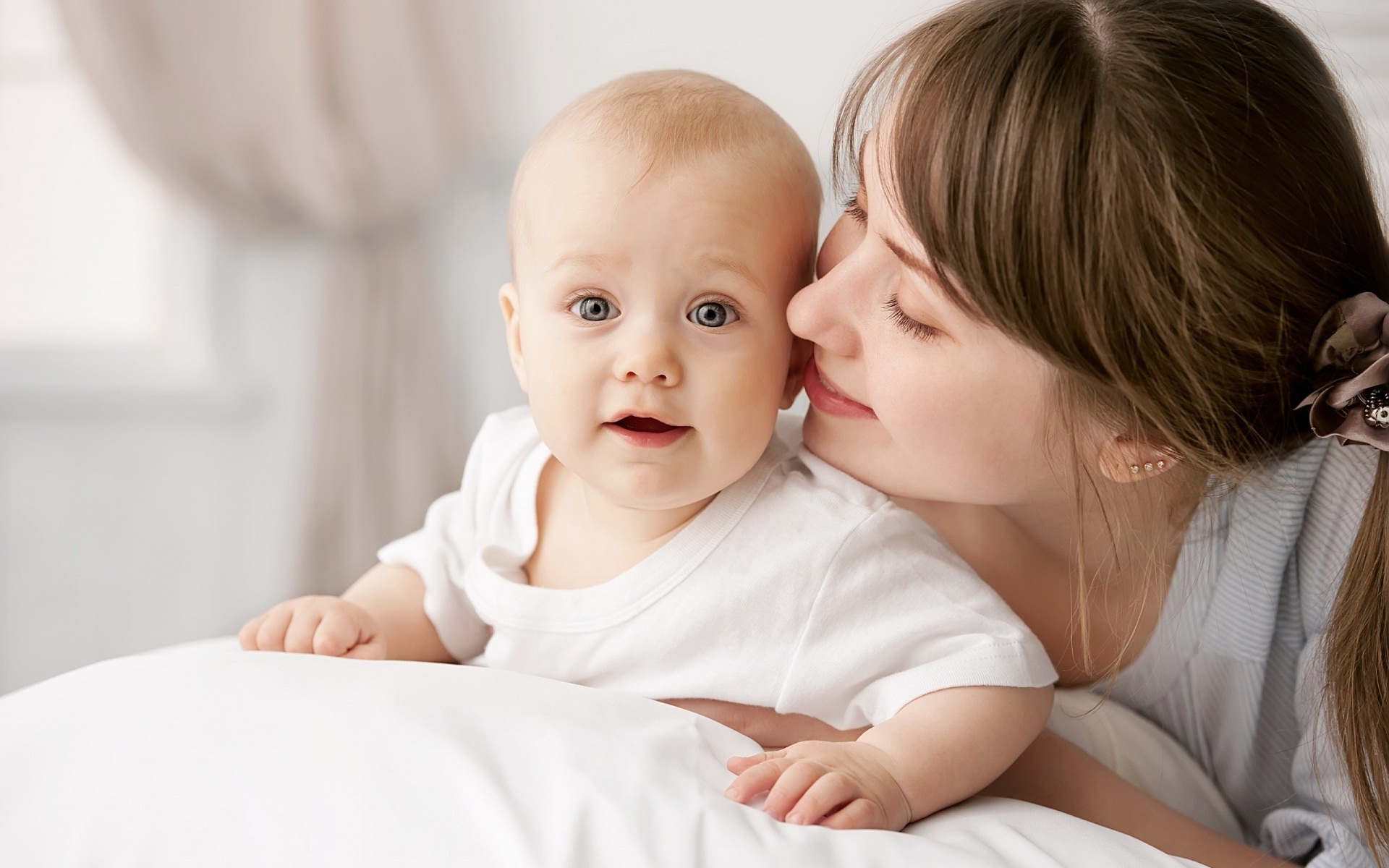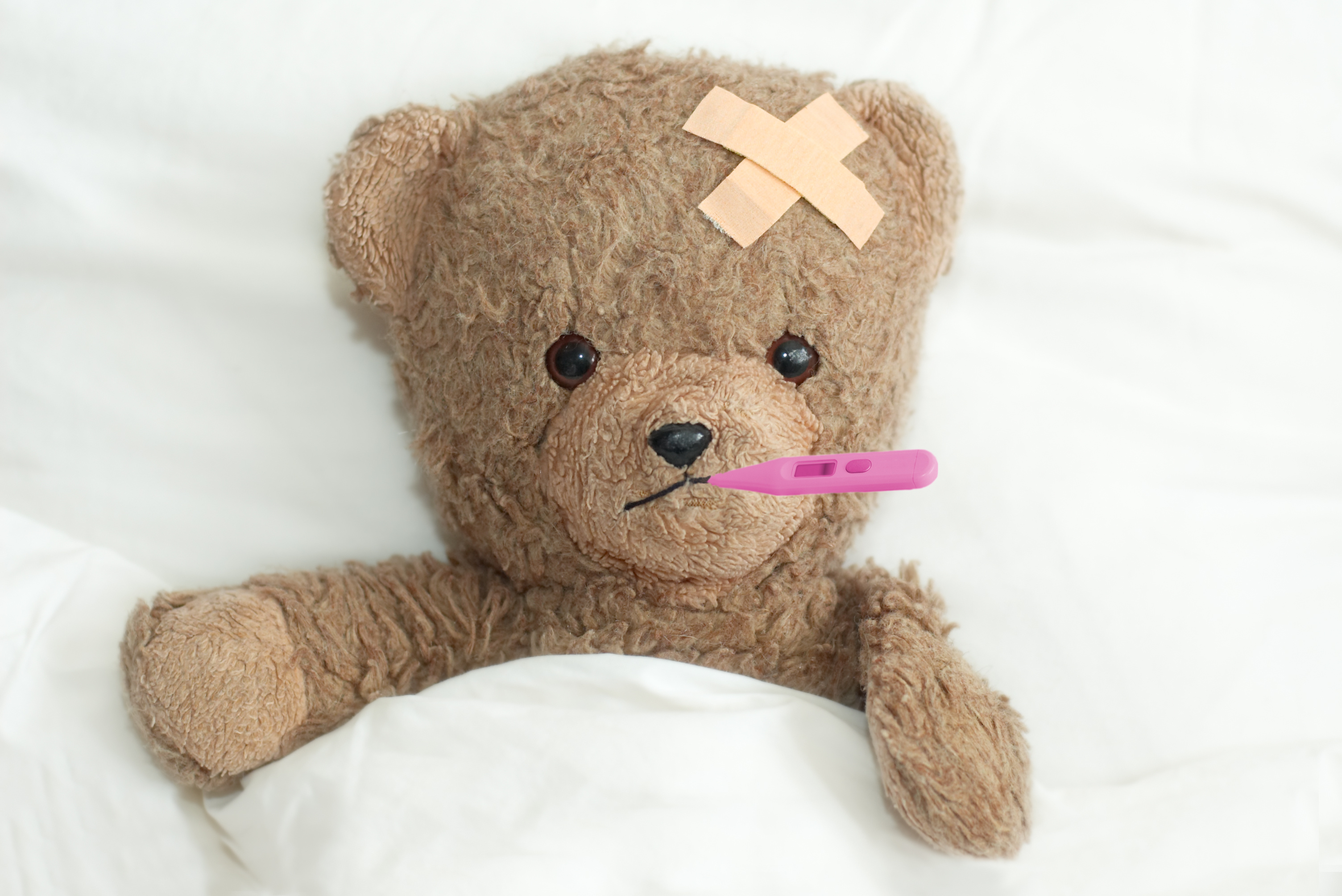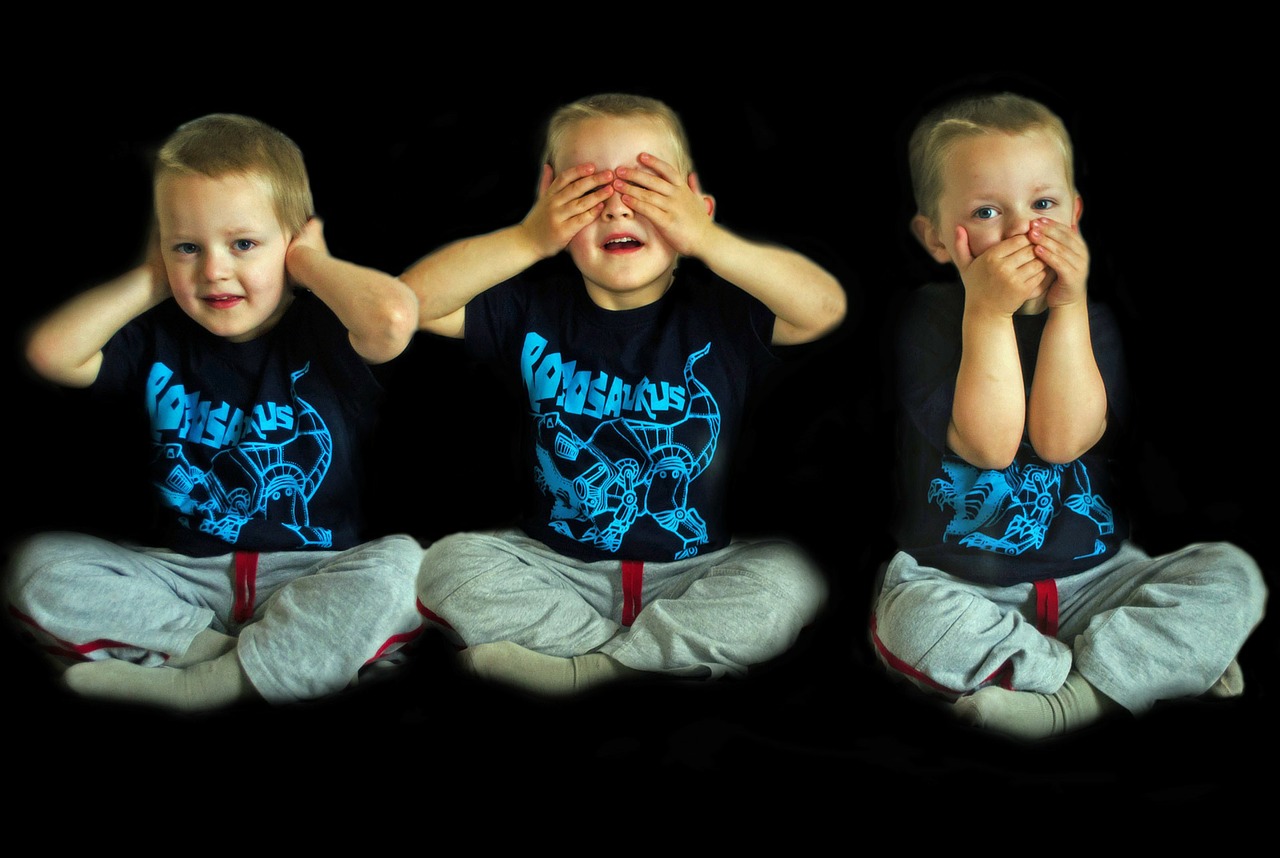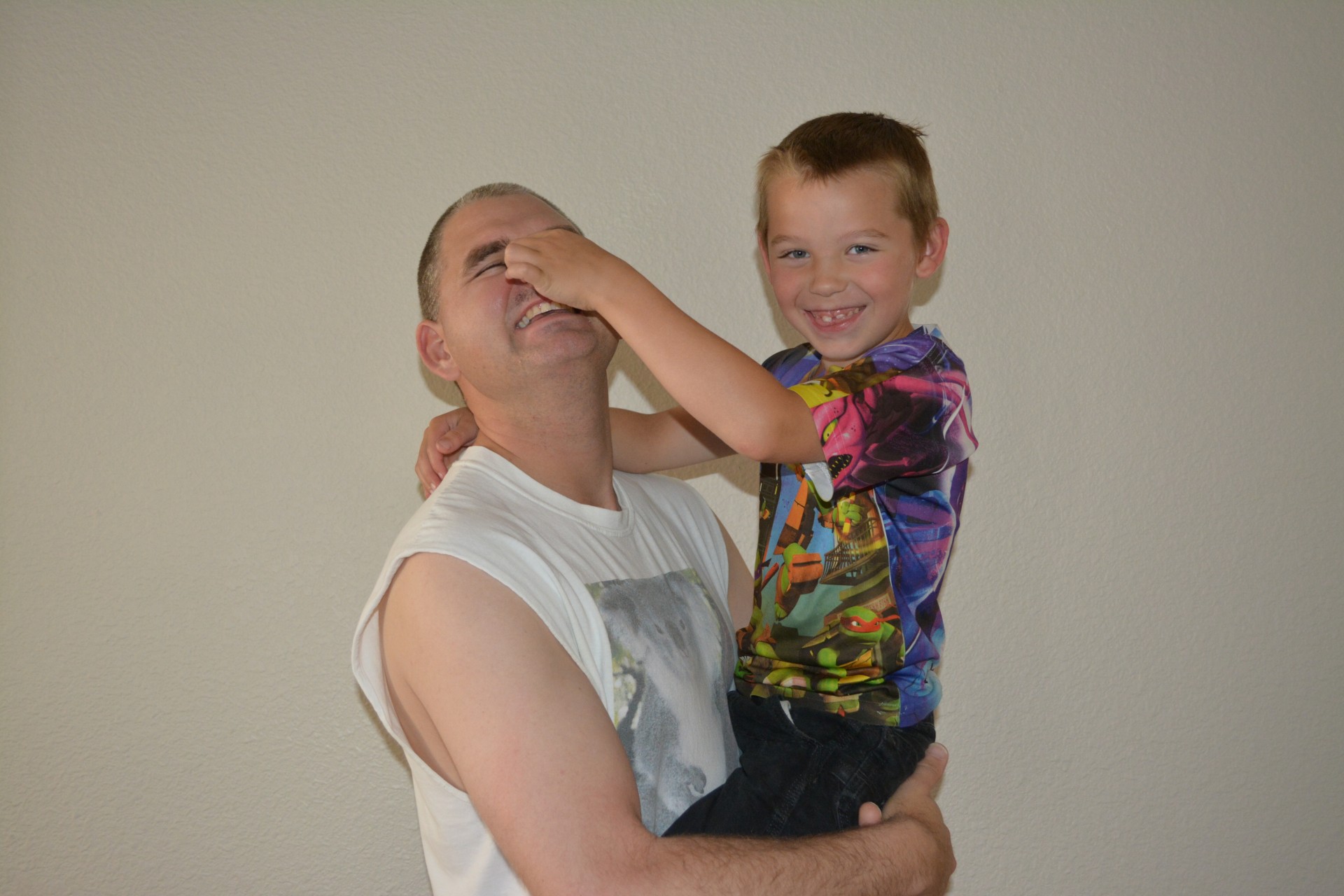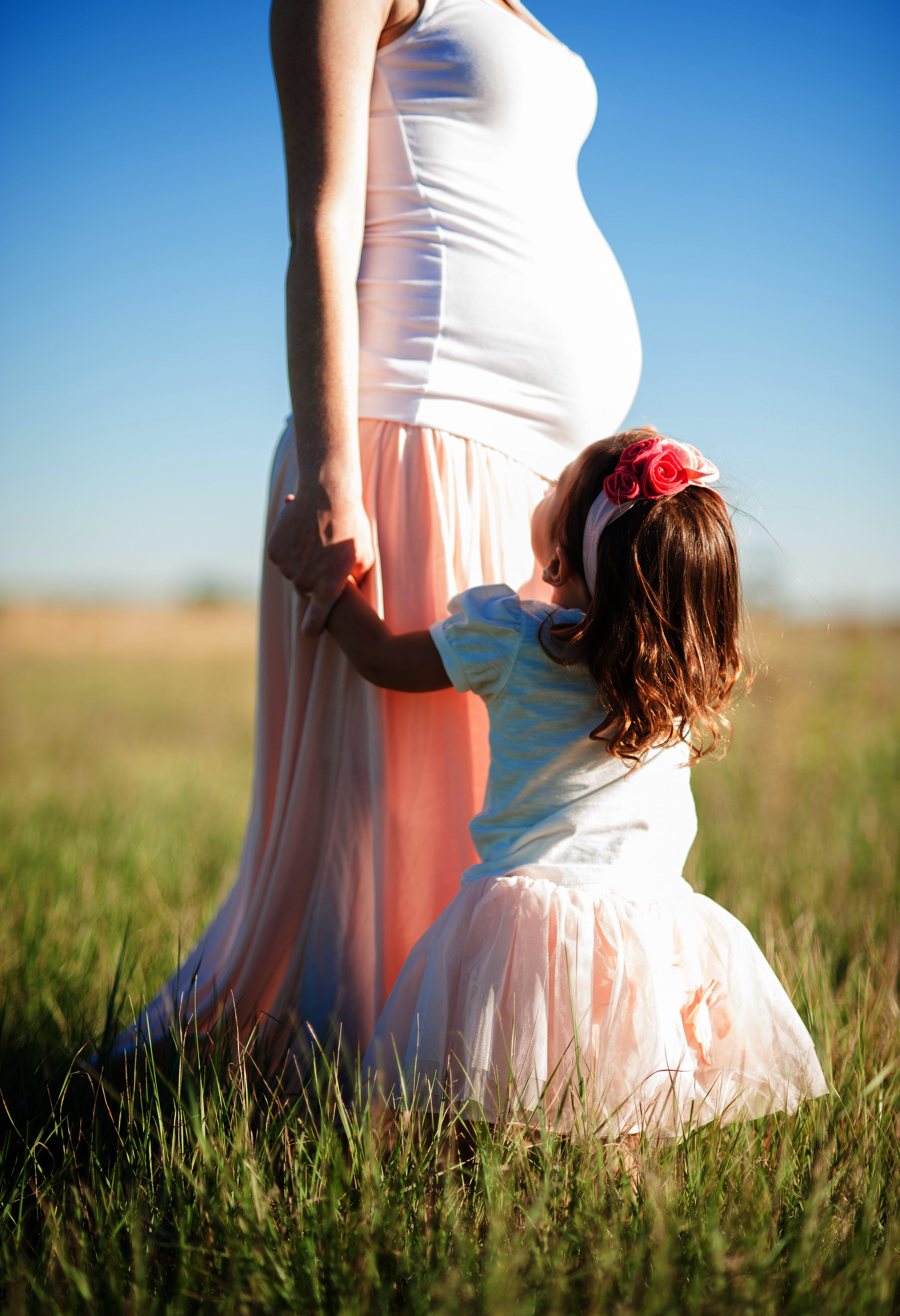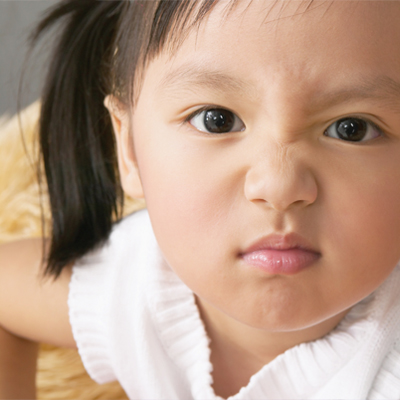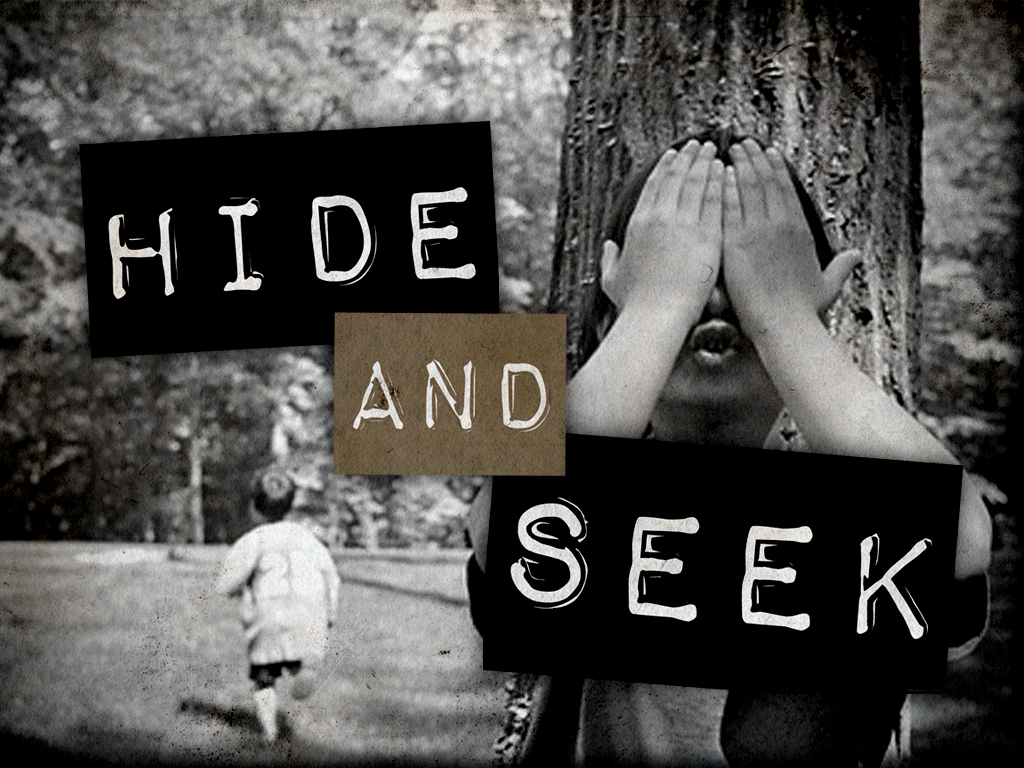Don't Labeled Your Children As Autism Arbitrarily
The latest numbers from the Centers for Disease Control indicate the biggest increase in autism is occurring in mild cases in the spectrum of autism disorders but it doesn't necessarily mean there has been an increase in children with the neurological changes labeled as autism. NBC's Robert Bazell reports. Two percent of U.S. schoolkids – or about a million children – have been diagnosed with some sort of autism, according to the latest government report released on Wednesday -- or at least their parents say they have. It’s a large increase since the last report but experts stress it doesn’t necessarily mean more children are developing autism. Instead, the numbers suggests that more children are being diagnosed as they get older – probably because of many factors, including increased awareness and more services both to diagnose children and help them, the researchers said. “Our findings suggest that the increase in prevalence may be due to increased recognition of autism spectrum disorders in recent years, especially when the symptoms were mild,” Stephen Blumberg of the National Center for Health Statistics, which published the report, said in a telephone interview. “Parents are more aware. Professionals are more aware. There may be more access to diagnostic services.” Autism describes a range of conditions and disorders – some of which a few years ago were not even recognized as conditions. It can range from the very mild social awkwardness seen in some cases of Asperger’s syndrome, to severe and debilitating symptoms that prevent children from interacting in a normal way, prevent learning and often require medication. Some children with autism were classified as mentally retarded in years past, while others struggled quietly with no idea they could benefit from therapy.
Parents should not worry that something new has been happening to kids, says Dr. Marshalyn Yeargin-Allsopp of the Centers for Disease Control and Prevention, which is monitoring autism in several ways. “We don’t want them to be frightened by the numbers. We want them to recognize that there are things they can do that make a difference in their child’s life,” she said. Tanya Paparella of the University of California Los Angeles Center for Autism Research and Treatment says she thinks it very possible that kids have been going undiagnosed. A new government study finds says one in 50 schoolchildren in the U.S. has autism. “A child who is verbal, who has good language, who is highly intelligent – those are children where I think parents and even teachers and the layperson might not necessarily have thought that was a child with autism spectrum disorder,” says Paparella, who was not involved in the study. “In the past, people really thought children on the autism spectrum had significant learning difficulties and we know now that is not necessarily the case. We know there are children who may be highly intelligent and do very well in areas of academics.” Such kids may have been seen merely as quirky, Paparella says.
Just last April, the CDC reported that one in 88 U.S. children has autism of some sort. That data comes from a different survey, one looking at kids of all ages. This latest report comes from the 2011–2012 National Survey of Children’s Health, an independent national telephone survey of households with children. Parents were asked if any of their children had or had been diagnosed with autism. “Based on parent reports, the prevalence of diagnosed autism spectrum disorder in 2011–2012 was estimated to be 2 percent for children aged 6–17,” the report reads. “This prevalence estimate (1 in 50) is significantly higher than the estimate (1.16 percent, or 1 in 86) for children in that age group in 2007.” The biggest increase was seen in boys aged 14–17. “In 2011–2012, school-aged boys were more than four times as likely as school-aged girls to have an autism spectrum disorder (3.23 percent compared with 0.7 percent),” the report says. Most of the new cases were classified as mild. Because autism is usually diagnosed in the toddler years, the findings suggest that most of the increase is due to new recognition of autism in children who had it, but whose parents or doctors hadn’t realized it, the report says. Blumberg notes that most evidence suggests autism develops in the womb, perhaps from a combination of genetic predisposition and other, outside factors. It does have implications for the health and education systems, Blumberg says. “The data certainly suggest that a greater number of parents are dealing with autism spectrum disorder with their kids,” he said. “Those parents are likely to make demands on the system, the health care system or education system, and the number of parents making those demands is higher than we had previously thought.” Paparella says many of the newly diagnosed children don’t need help in school so much as broader help in coping with other people. ‘These are children who often need intervention in social skills,” she said. “They benefit from learning how to interact with other children, how to be able to take another child’s perspective, how to problem solve and negotiate in a way that is not straightforward.”
Yeargin-Allsopp said the 2006 Individuals with Disabilities Education Act made many more programs and resources available. “We want parents to know that it is important that children have screening for developmental delays or disorders,” she said. Written By Robert Bazell Retrieved From:
|
|





